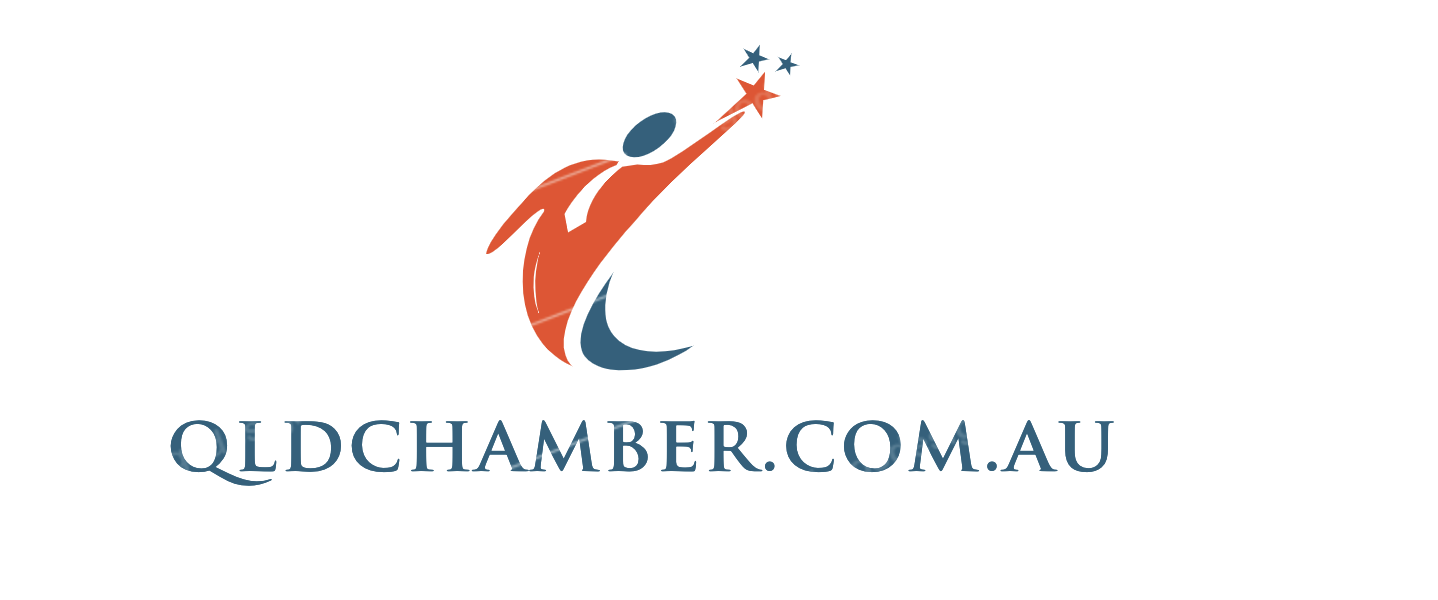Time is money in the quick-paced business of construction. Every hiccup, misunderstanding, and ineffective procedure can waste time and money. The game-changing tool Matrak, which revolutionises construction management and adds a new level of efficiency to projects large and small, steps in at this point.
But precisely what is Matrak? How exactly does it perform its magic? In this blog article, we’ll examine Matrak’s main features and advantages, look at actual business success stories from organisations that have used it, and see how it can cut costs and shorten project timeframes. So grab a seat as Matrak takes you on a voyage into the realm of efficient construction methods!

How Does Matrak Function and What Is It?
Matrak is a state-of-the-art construction management technology created to improve communication, streamline procedures, and increase productivity on construction projects. It acts as a primary centre for smooth collaboration among all project stakeholders, ensuring that everyone is on the same page.
Matrak’s primary function is to streamline and automate the tracking of commodities throughout the whole supply chain. Users may easily keep an eye on material delivery, usage rates, and inventory levels thanks to real-time data capturing features. This removes the need for guesswork and reduces expensive delays brought on by material shortages or poor management.
Matrak doesn’t end there, either; it also helps teams communicate effectively with one another. Users may quickly communicate crucial information including delivery timetables, quality control reports, and project updates using its user-friendly interface. This encourages stakeholder transparency while minimising time-consuming back-and-forth communications.
Additionally, the analytics function of Matrak offers insightful data on project performance. Contractors can find areas for improvement and decide on resource allocation or process optimisation by looking at data trends over time.
The user-friendly design of Matrak, which is available from any device with an internet connection, guarantees that team members can collaborate easily whether they are on-site or working remotely.
Streamlining processes and promoting effective communication
Construction companies may now complete projects more efficiently than ever thanks to Matrak. With Matrak, you can put an end to the aggravating delays brought on by human tracking methods and embrace the power of technology.
Key Characteristics and Advantages of Matrak
With Matrak’s assistance, streamlining building procedures has never been simpler. This ground-breaking tool will revolutionise project management by bringing efficiency and structure to each stage of the building process.
Matrak’s capability to track materials in real-time is one of its primary features. Contractors can simply track the movement and position of materials with this technology, guaranteeing the appropriate amounts and timing of delivery. This not only saves critical time, but also lowers the price of replacing lost or misplaced things.
The extensive reporting capabilities of Matrak are another advantage. Project managers can use the programme to generate thorough reports on material usage, inventory levels, and delivery schedules so they can make decisions based on reliable information. Projects are certain to stay on schedule and within budget with this degree of visibility.
Other construction management systems, such as ERP (Enterprise Resource Planning) software, are also easily integrated with Matrak. As a result, businesses are able to consolidate their data into a single platform, doing away with the necessity for manual data entry and lowering the risk of human mistake.
Furthermore, without substantial training or technical expertise, users of all levels may easily explore Matrak thanks to its user-friendly interface. The user-friendly layout improves teamwork by acting as a focal hub for communication and document sharing.
In addition to these characteristics, adopting Matrak has a lot to offer businesses in the way of cost savings and increased productivity. Due to erroneous inventories or the need to find missing supplies, the automated tracking system reduces these delays. This results in both higher production on site and considerable time savings. Additionally, thorough reporting makes it easier to spot areas for improvement, leading to more effective resource allocation. As a result, there is less waste and rework, which ultimately results in lower expenses.
Matrak genuinely streamlines construction procedures, giving businesses greater efficiency and setting the path for completed projects that are successful from beginning to end.

Matrak’s cost- and time-saving features
Companies have seen considerable time and cost savings by integrating Matrak into their construction operations. The way projects are managed in the sector has been revolutionised by Matrak’s streamlined processes and real-time tracking capabilities.
By doing away with manual data input and paperwork, businesses may cut administrative costs and free up key resources to work on more important projects. Companies may reduce errors and promptly deal with any anomalies that may develop by digitising paperwork procedures like material orders, delivery receipts, and invoices.
Effective inventory management is also made possible by the capability to follow supplies from procurement to installation. Project managers no longer have to waste time looking for lost or misplaced things thanks to Matrak, which offers total material visibility throughout the whole building process.
Additionally, decision-makers can make sensible decisions regarding resource allocation and material utilisation thanks to the accurate real-time information made possible by Matrak’s analytics dashboard. With this level of openness, cost management may be improved during the course of a project.
Efficiency is further increased by Matrak’s integration with other building software programmes. Information is automatically synced across platforms without additional intervention thanks to seamless integration with accounting software or project management solutions like Procore or PlanGrid. This prevents double data entry while ensuring that all stakeholders have immediate access to updated information.


